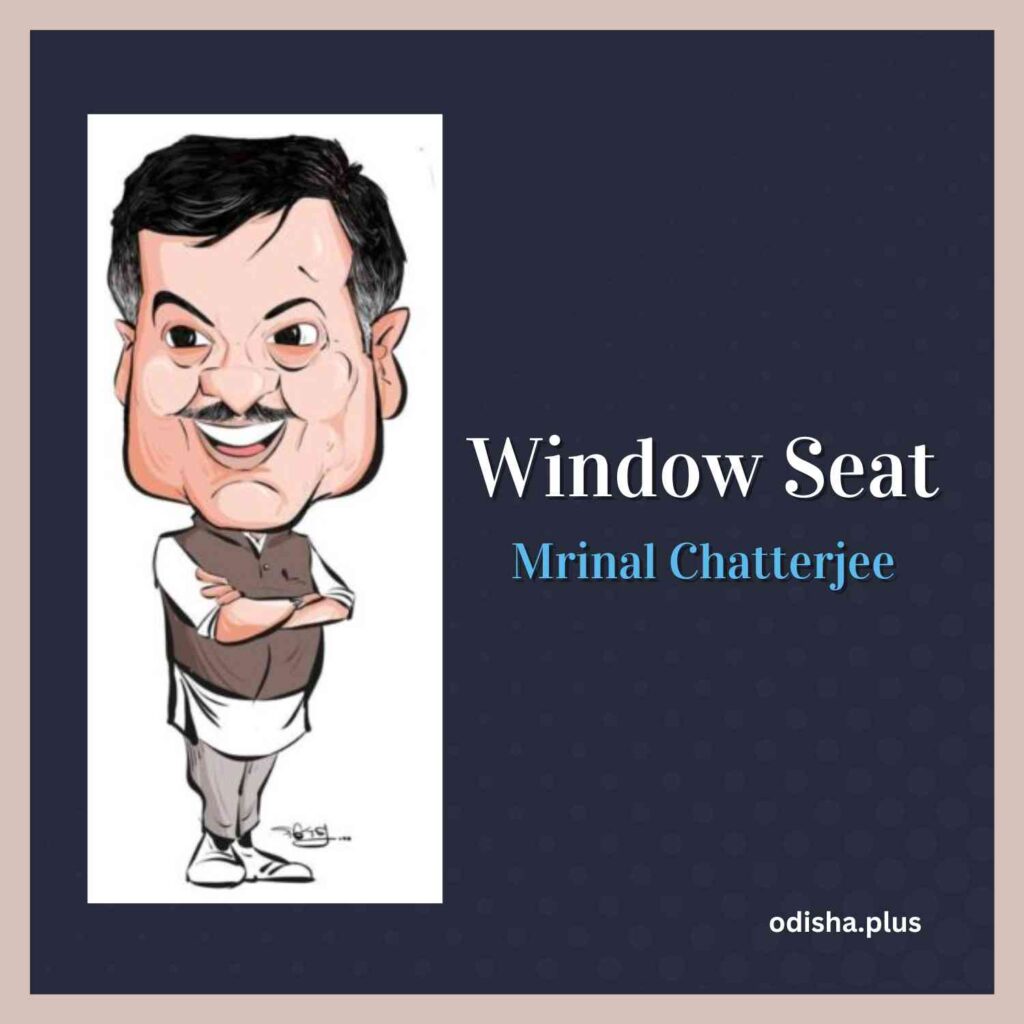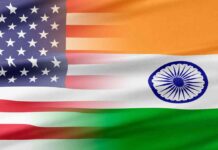The recent World Happiness Index reveals a surprising ranking for India, sparking debate about the true nature of happiness in a nation with diverse cultural perceptions & social challenges
Mrinal Chatterjee

After the 2025 World Happiness Index has been announced in which India has been ranked at 118 out of 147 countries – well below Nepal, Bangladesh, even Pakistan – there have been several voices doubting its veracity.
Some say, it is a conspiracy against India to tarnish its buoyant image. Some say, people doing this kind of survey do not know the social psyche of the Indians – we do not like to tell others that we are happy, because by doing so we’ll attract evil eyes (in Hindi – Buri Nazar) and our happiness will vanish. Our definition and perception of happiness is different.
It is intriguing to find internal strife ridden Bangladesh or economic crisis ridden Pakistan happier than the Indians.
But, beyond the oh so familiar, ‘bhala tere happiness mere happiness se jyada kaise’ (a poor imitation of 70s advertisement tag-line for a detergent company) – are we a happy nation?
The World Happiness Report uses six key parameters to measure happiness: social support, healthy life expectancy, freedom, generosity, absence of corruption, and GDP per capita.
Do we fare well on these parameters?
The country that comes top of the list is known for long winters and high taxes – Finland. Finland is the world’s happiest country for the eighth year in a row.
Experts credit access to nature and a strong welfare system as factors for Finland being the happiest country. Finland’s public education system, encompassing pre-primary, primary, lower and upper secondary, and higher education, is entirely free of tuition fees for all students.
India is ranked at a lower place because of lower satisfaction with living arrangements, perceived discrimination, and poor self-rated health.
Instead of fuming at the reports we must work to remove our deficiencies.
Kristo Das Pal
I had been to Kolkata recently to deliver a lecture on Kristo Das Pal (1838-1884), who was the editor of Hindoo Patriot from 1861 till his death in 1884.
Kristo Das Pal would be remembered for his vision, wisdom and fortitude. Like Raja Rammohan Roy he was far ahead of his times. It was he who ideated about self-rule in India, which years later Bal Gangadhar Tilak made his mantra of ‘swaraj’. He talked about ‘bloodless warfare’- an idea which found resonance in Mahatma Gandhi’s principle of ‘ahimsa’ years later. He was a master of moderation.
In his journalistic writings he lambasted the then administration, fought for the rights of the countrymen and justice and often came into conflict with the authorities. So much so that Lieutenant-Governor Sir George Campbell called him the editor of a ‘disloyal journal’.
On the other hand he was often consulted by the government and was conferred the title of Rai Bahadur and was called ‘one of the pillars of the empire’. Throughout his life as the editor of one of the most influential newspapers of his times, The Hindoo Patriot he maintained that balance. ‘It teaches the people that one can be the respected friend and trusted adviser of the Government while being a severe critic of its measures. And it teaches the Government that criticism is not necessarily synonymous with sedition.’
Born into a family of modest means, he persevered to get a decent education. In 1857, he left college and commenced his worldly career. He was 19 then. He started the Calcutta Monthly Magazine jointly with a few friends. He was 19 then. The publication survived only for about six months. He then began contributing to different newspapers including Hindoo Patriot, a very influential newspaper under the editorship of Harish Chandra Mukherjee, whom Kristo Das considered his guru. After Harish Chandra died and the paper faced rough weather, Kristo Das became the editor. Under him the paper grew, and so did Kristo Das. He became active in public life, assumed many responsible positions, conferred the title of ‘Rai Bahadur’.
However, personal tragedies followed him. He lost two of his children by his first wife, to whom he had married in 1856; his wife died in 1872. Of his children only a son and a daughter survived him. He married again in 1874. They had a son, who died as an infant.
His health broke down, and after a lingering illness he died on the 24th of July 1884. He was 46 then.
Gossip
Gossip is idle talk, especially about the personal or private affairs of others. We all gossip, and those who claim they don’t, including yours truly are either lying or belong to the exalted category of evolved beings.

We always thought gossip is a non-serious, fun way to waste time.
Now journalist and podcast host Kelsey McKinney, has written a whole fat book on gossip titled ‘You didn’t hear this from me’.
Gossip can be serious, McKinney asserts, and it ultimately serves us well. The practice can act as a transmission of truth, as a check on power, and as a source of solidarity and irreverence; it brings us together and makes us curious about other people. Gossip is intimacy’s glue. “But what of the gossiped-about?” Schwartz asks. “They can’t all be tyrants, criminals, and creeps. If gossip can subvert norms, it can also enforce them; remember high school?”
Just for Information
Ekkachai and Laksana Tiranarat, the Thai couple who made history by setting the Guinness World Record for the longest kiss, have officially announced their separation in early March 2025. The couple gained international fame in 2013 when they locked lips for an astonishing 58 hours, 35 minutes, and 58 seconds during a Valentine’s Day contest in Thailand.
This achievement was not their first; they had previously set the record in 2011 with a marathon kiss lasting 46 hours and 24 minutes before surpassing their own feat two years later.
To this day, their record remains unbeaten, as Guinness World Records eventually retired the longest kiss category due to safety concerns.
(The author is Regional Director Indian Institute of Mass Communication, IIMC Dhenkanal. Views expressed are personal.)


























